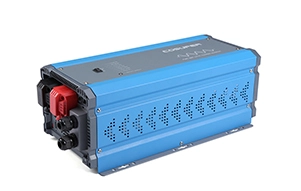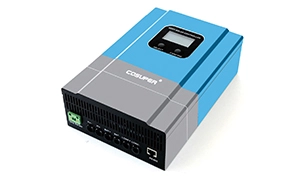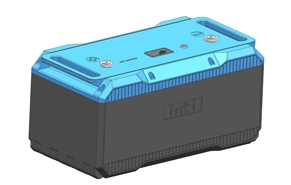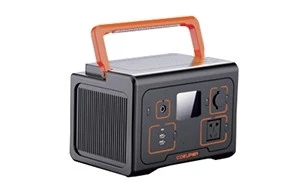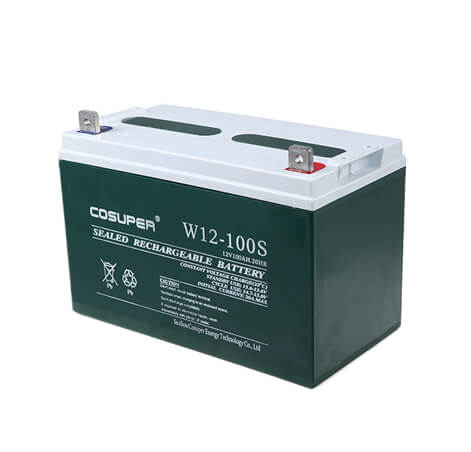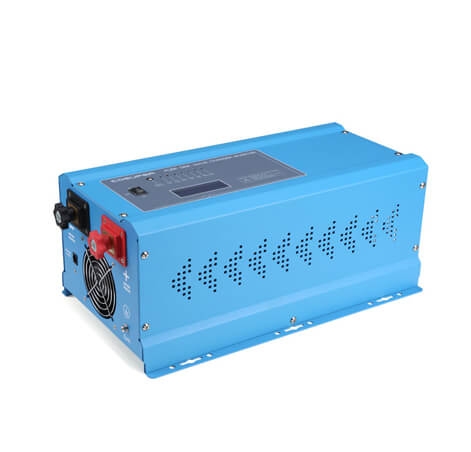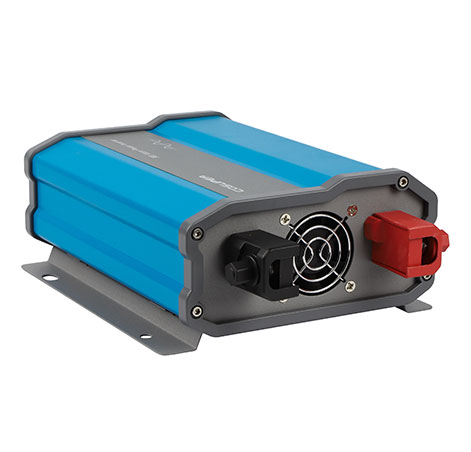Due to the diversity of architecture, the installation of solar panels inevitably leads to diversity. In order to achieve the highest conversion efficiency of solar energy while also considering the beauty of the building, it is required that our solar inverters vary to achieve the best way of solar energy conversion.
Centralized solar inverter
Centralized inverters are generally used in large-scale photovoltaic power station systems. Many parallel photovoltaic sets are connected to the direct current input terminal of the same centralized solar inverter. Power module is used for high-powered and field-effect transistor is used for low-power. In the meantime, a transfer controller is used to improve the quality of the energy produced to make it very close to the sine wave current. The biggest feature is the high power and low cost of the system. However, the efficiency and energy production of the entire photovoltaic system are affected by the matching of photovoltaic sets and partial shading. The reliability of the entire photovoltaic system is also affected by the poor working status of a certain photovoltaic unit group. The latest research direction is to use modulation control of space vector and develop new topological connections for inverters to achieve high efficiency under partial load.
On the centralized inverter, an interface box for a photovoltaic array can be attached to monitor each set of photovoltaic panels in the group. If one group is not working properly, the system will transmit this information to the remote controller, which can stop the operation of this group, so that the failure of a set of photovoltaic cells will not reduce and affect the operation and energy output of the entire photovoltaic system.
String solar inverter
String solar inverters have become the most popular inverters in the international market. String inverters are based on the modular concept, and each photovoltaic set has its own inverter, which has maximum power peak tracking at the direct current end and is parallelized to the grid at the alternating current end. String inverters are used in many large photovoltaic power plants. The advantage is that it is not affected by the differences between string modules and shading, and it reduces the optimal operating point of the photovoltaic components, thus increasing the power generation. These technological advantages not only reduce system costs, but also increase system reliability. At the same time, by introducing the concept of "master-slave" between string sets, several photovoltaic sets can be connected together in the system to generate more electricity when the single-string energy cannot make a single inverter work. The latest concept is to form a "team" of several inverters instead of the "master-slave" concept, which further improves the reliability of the system.
Multi-string solar inverter
Multi-string inverters take advantage of centralized inverters and string inverters, avoiding their disadvantages, and can be applied to kilowatt-scale photovoltaic power stations. In multi-string solar inverters, there are different individual peak power tracking and DC-DC converters. These DC currents are converted into AC power through a common DC-AC inverter and connected to the grid. Different rated values, sizes or technologies of photovoltaic components, different directions of string sets, different angles or shading of string sets can be connected to a common inverter, and each set works at its own maximum power peak. At the same time, the length of the DC cable is reduced, and the effects of shading between string sets and losses caused by differences between string sets are minimized.
Component solar inverter
Component inverters connect each photovoltaic component to an inverter, and each component has its own maximum power peak tracking, so that the matching between components and inverters is better. This is usually used for 50 to 400 watt photovoltaic power stations, and the overall efficiency is lower than that of string inverters.
As it is parallelized at the AC end, it increases the complexity of AC connection and maintenance is difficult. Another problem that needs to be solved is how to more effectively connect to the grid. A simple method is to directly connect to a common AC socket for grid connection, which can reduce cost and equipment installation, but the safety standards for the grid may not allow this. The power company may oppose connecting the generating device directly to a common socket for ordinary household users. Another safety-related factor is whether to use an isolation transformer (high-frequency or low-frequency) or allow the use of transformer-free solar inverters. This inverter is the most widely used in curtain walls.

 English
English 